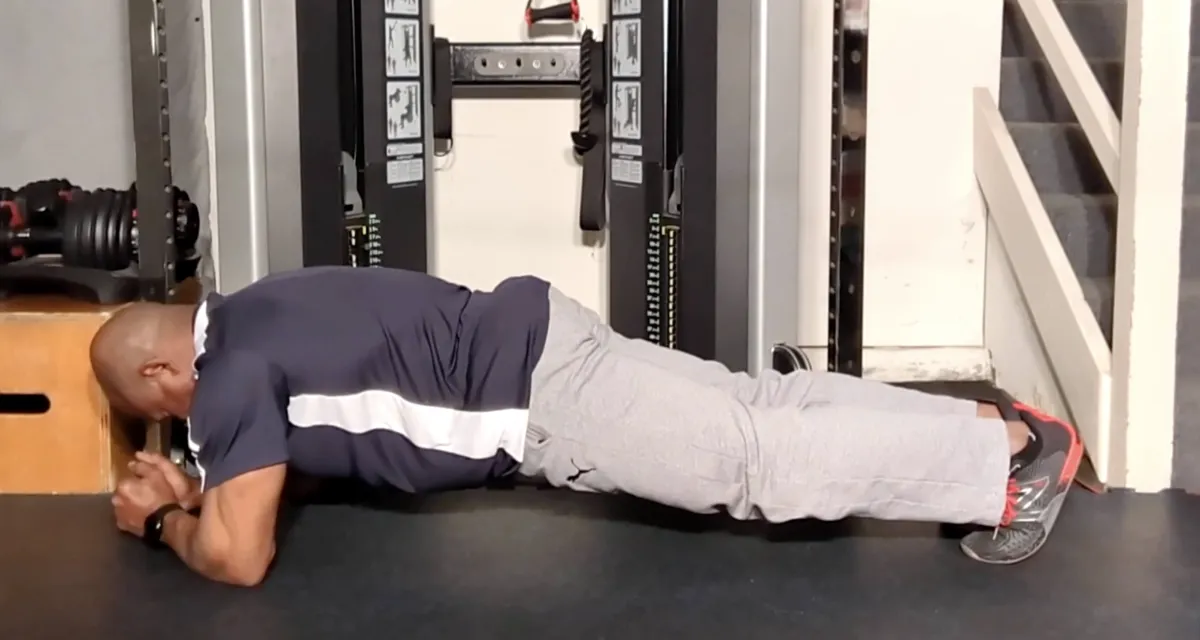
RESOURCES

10 Simple Ways to Add More Movement to Your Day
In today’s busy world, finding time to move can feel like a challenge. Yet incorporating even small bursts of activity into your routine can significantly impact your overall health and well-being. Whether you're working from home, in an office, or managing a busy household, these easy and practical tips can help you get started.
1. Take Short Walks
Walking is one of the simplest ways to add movement to your day. Try taking a 5-10 minute walk during your lunch break or between tasks. Walk briskly to elevate your heart rate and increase the cardiovascular benefits. If possible, opt for walking to nearby locations instead of driving, and consider exploring a new route or park to make the activity more enjoyable.
Bonus Tip: Consider setting a timer to remind yourself to take a quick walk every hour.
2. Stretch During Breaks
Incorporate quick stretching sessions throughout your day. Stretching helps relieve tension, improve posture, and boost circulation. Focus on areas that tend to tighten up, like your neck, shoulders, and lower back. For instance, try a neck tilt by gently lowering your ear toward your shoulder and holding for 15-20 seconds on each side. For lower back relief, try a seated forward bend by reaching for your toes while seated and holding the stretch for 20-30 seconds.
3. Use a Standing Desk
Switching to a standing desk or alternating between sitting and standing while working can help combat the negative effects of prolonged sitting. Even standing for short periods can promote better circulation. While standing, you can perform simple exercises like calf raises, where you lift your heels off the ground and slowly lower them back down to engage your leg muscles and improve balance.
4. Do Desk Exercises
Desk exercises, like seated leg lifts, chair squats, or even simple seated stretches, are great for sneaking in some movement while working. For seated leg lifts, straighten one leg and hold it parallel to the ground for a few seconds before lowering it back down. Repeat 10-15 times on each leg. For chair squats, stand in front of your chair, lower yourself as if sitting, and then rise back up without fully sitting down. These exercises can be done in small spaces and don’t require special equipment.

5. Take the Stairs
Whenever possible, choose stairs over elevators or escalators. Climbing stairs is an excellent way to get your heart rate up and strengthen your legs. To increase the challenge, try taking two steps at a time or incorporating brief pauses to do calf raises on each step. If you have limited time, go up and down the stairs multiple times for a quick cardio workout.
6. Turn Chores Into Exercise
Household chores like vacuuming, gardening, or even tidying up can double as exercise. Add a little extra effort to these activities by incorporating functional movements. For example, squat instead of bending over when picking things up, lunge while vacuuming, or use a brisk pace while sweeping to elevate your heart rate. Gardening can also include digging, lifting, and stretching motions, which engage various muscle groups.

7. Park Farther Away
If you drive, park at the far end of the parking lot. This small adjustment can add extra steps to your day without requiring significant time or effort. If safety permits, take a slightly longer route to your destination or choose areas with varying terrains, such as slight inclines, to make the walk more engaging and effective.
8. Stretch While Watching TV
Use TV time to incorporate gentle stretches or light exercises like yoga or resistance band work. For example, try a seated spinal twist by sitting cross-legged on the floor, placing one hand behind you, and twisting your torso gently. If you prefer resistance band work, try simple arm pulls or leg presses while keeping your focus on the show. This is a great way to make downtime more active and enjoyable.
9. Walk During Calls
Turn phone calls or virtual meetings into opportunities to move. Walk around your home or office while on the phone to add steps to your day. If possible, take your calls outside for fresh air and added relaxation. For longer meetings, alternate between walking and light stretches to keep your body active and engaged.
10. Set Movement Goals
Use a fitness tracker or app to set daily movement goals, like 8,000-10,000 steps. Achieving these goals can keep you motivated and aware of your activity levels. To reach your target, break the goal into smaller, achievable segments, such as 2,000 steps in the morning, afternoon, and evening. Celebrate milestones with a reward to maintain enthusiasm and commitment.

The Power of Small Changes
Adding more movement to your day doesn’t have to involve drastic changes or gym memberships. Small, consistent actions can lead to long-term benefits, including improved energy, reduced stress, and better overall health. Start with these simple tips and see how they transform your routine.

Conclusion
Integrating movement into your day doesn’t have to be overwhelming. By implementing these simple strategies, you can easily increase your activity levels and enjoy the physical and mental benefits that come with it. So why wait? Start moving today!
Sheila Mann's Testimonial
Sheila Mann doing Suspension Strap Push-ups on an elevated Single Leg.
Just another Saturday Workout Part 2
Spray Tan Fitness
Dreams or Goals
Intro to Self-Myofascial Release
Self Massage using the Energy F X Tube (Upper Body)
Self-Massage for Lower Body using Energy F X Tube (IT Band , Glutes)
Level 3
This is our advance level. In this level you will be asked to increase the challenges to your strength, balance and to some degree, your conditioning. We continue to focus on the major joints of the body (hips, shoulder, and knees) with the added challenge of resistance. This level also includes the added challenge of coordination, as many movements require the integrated movement of both upper and lower body.

Level 4
This is our premium level. In this level you will be asked to significantly challenge your body through increased demands on your functional core strength in movements that will significantly challenge your balance and strength simultaneously. Here we will ask you to begin to optimize your balance, core activation, and improved range of motion in a functional aspect – integrated movement of both upper and lower body, but at a higher level of accountability.

